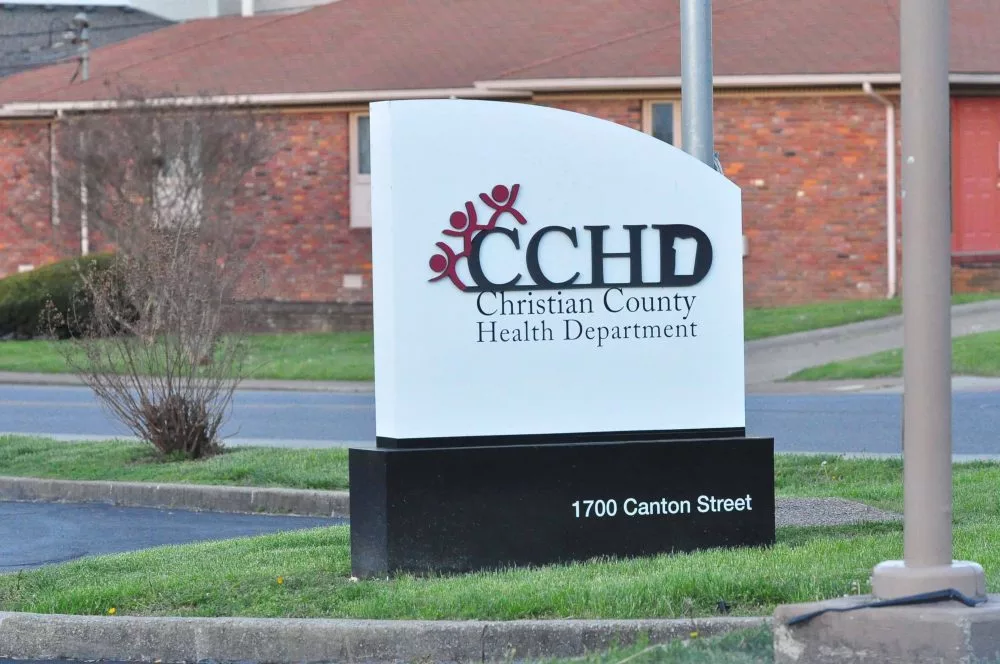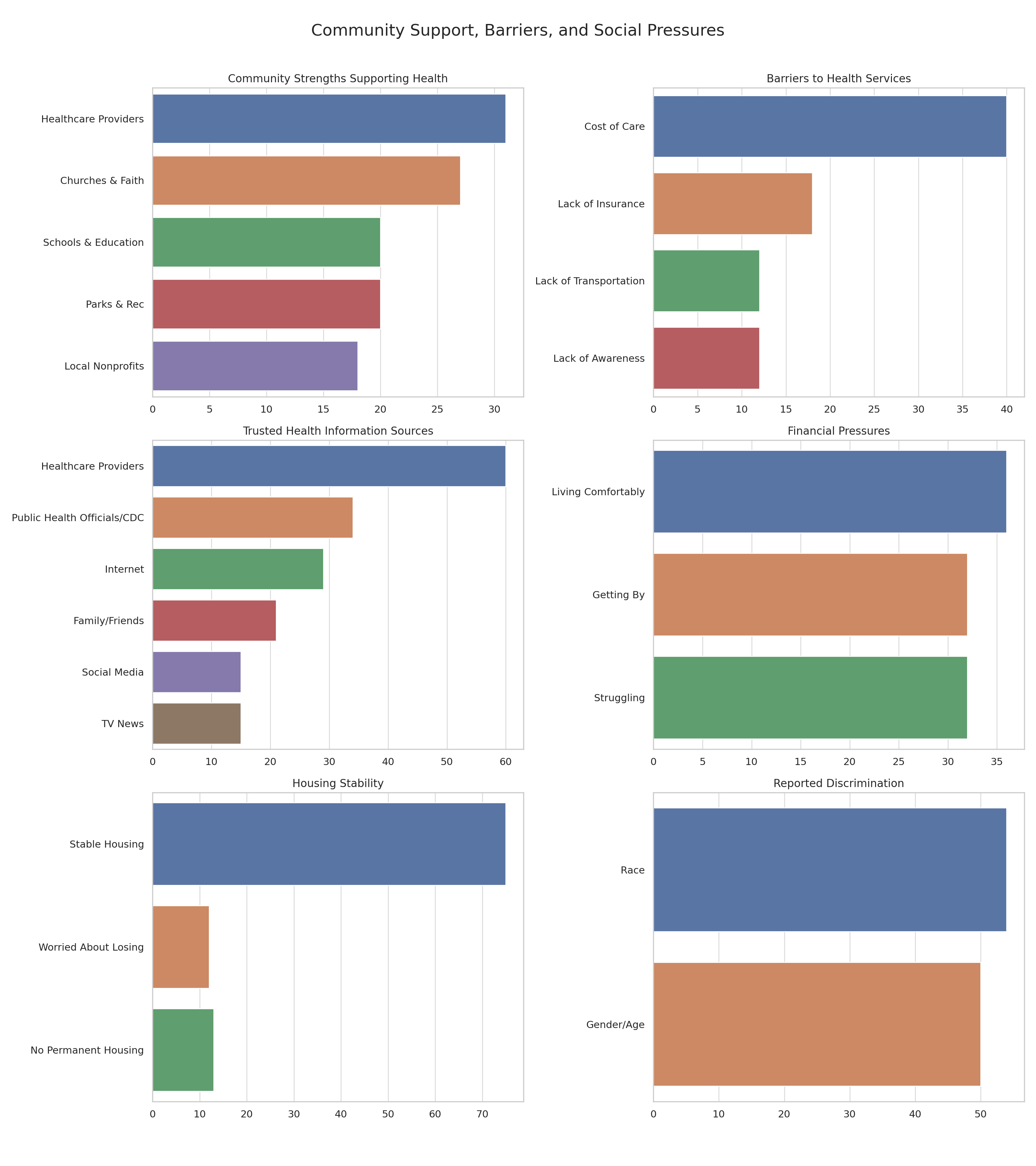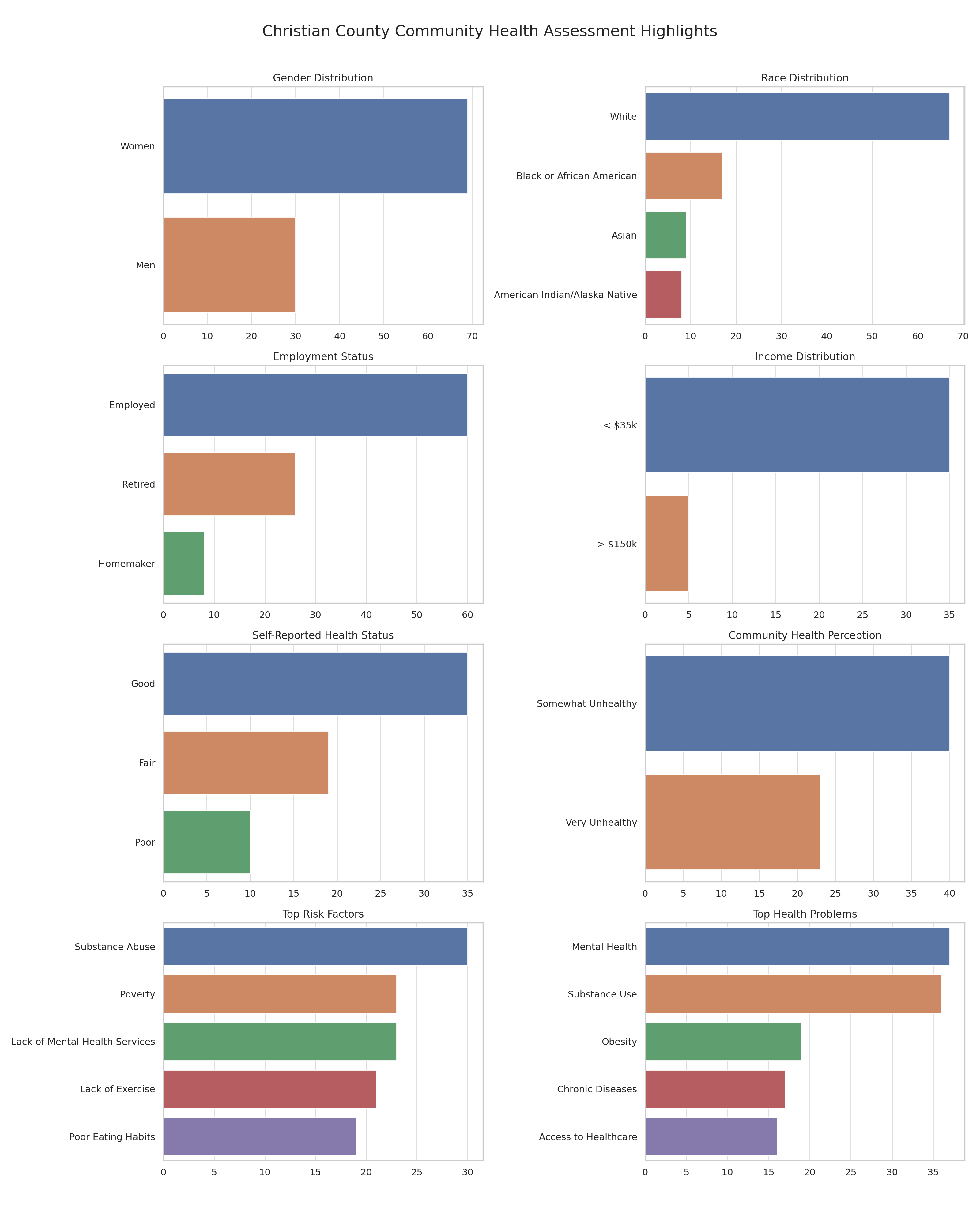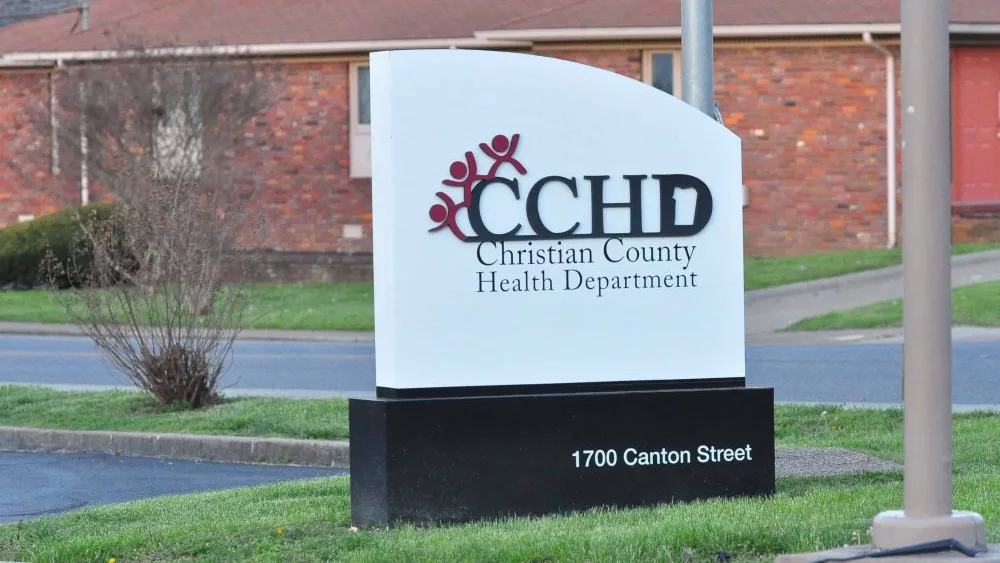
Over the last three months, officials with the Christian County Health Department have been compiling data following the results of a comprehensive Community Health Assessment.
Taking place from November 21, 2024, until this past February 28, it garnered 512 responses — nearly 1% of the county’s population.
Of those surveyed, 69% were women and 30% were men, 67% were White, 17% were Black or African American, 9% were Asian, and 8% were American Indian/Alaska Native. More than 97% identified as straight heterosexual, and the age range was broadly distributed between 25 and 55 years old.
More than 60% were employed, 26% were retired and 8% were homemakers. More than 35% earned less than $35,000 annually, and only 5% earned more than $150,000. More than 95% had some form of health coverage.
Its findings better detail some general perceptions held in the community, and over time, Christian County leaders will be able to comment more on direct and indirect courses of action — following the development of what healthcare professionals call a long-term Community Health Improvement Plan, or CHIP, which could help mitigate growing concerns, while showcasing area successes.
More than 40% of respondents rated Christian County as a “somewhat unhealthy” community, and 23% called it “very unhealthy.”
When asked about their own health, 35% reported “good,” while 19% reported “fair” and 10% said “poor.”

Mental and physical health struggles can be common, and this poll made it feel more so. While 145 people reported zero bad days of mental health during the stretch, an unspecified “significant” number indicated frequent distress, while more than 190 people said “poor health” contributed to a lack of usual activity for at least one day per month.
Among the community’s top risk factors, more than 30% said substance abuse, 23% said poverty, 23% said lack of mental health services, 21% said lack of physical activity and exercise and 19% said poor eating habits.
Other notable concerns included: tobacco use, unsafe neighborhoods, domestic violence, transportation issues and limited access to healthy food options.
The top health problems, as ranked by residents: mental health issues at 37%, substance use and addiction at 36%, obesity at 19%, chronic diseases at 17% and access to healthcare at 16%.
Additional concerns: diabetes, violence, teen pregnancy and high blood pressure.
Survey participants were asked to highlight community strengths that actually support health, and 31% said healthcare providers, 27% said churches and faith communities, 20% said schools and the education system, 20% said recreation facilities and parks, while 18% said local nonprofits. Other support systems mentioned included family, community centers and local government.
Barriers to health services? More than 40% said cost of care, 18% said lack of insurance, 12% said lack of transportation and 12% said lack of awareness about services available. Appointment wait times and work conflicts were also noted.
Top sources of trusted health information: healthcare providers at 60%, public health officials/CDC at 34%, the Internet at 29%, family and friends at 21%, with social media and TV news at 15% each.
Financial and social pressures: 36% of participants said they are “living comfortably,” while 32% were “getting by.” However, 32% said they were struggling financially. More than 45% reported being unable to access at least one needed service or resource in the past year, including dental care, mental health care, housing, and food.
More than 75% reported stable housing, but 12% were worried about losing it, and 13% lacked permanent housing.
Experiences of discrimination were reported in several categories. More than 54% reported at least some experience with discrimination due to race, while about 50% said they had faced some gender and/or age discrimination. While body type, ability, sexual orientation and religious biases were noted, but in reduced number from five years ago.

The full assessment is more than 250 pages long, and can be found here:
christian-county-2025-community-health-assessment_final-5-28-2025




